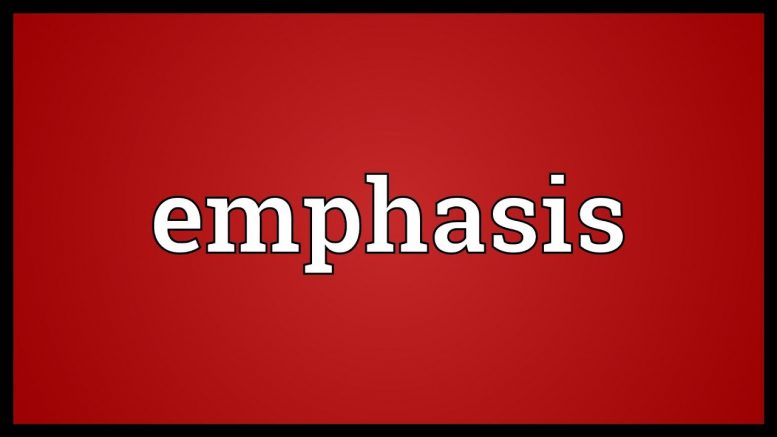X-Axis is back after a break. This break was inevitable, the time off to attend to personal situations. It happens rather often, and most of you will agree that there are times when situations become a sforzando – a strong emphasis or “suddenly with force.” Although this has a large emphasis in the connotation of music, it holds true for almost every facet of life, and as with everything – communication.
In the context of emphasis, especially in communication, the definer remains a quantitative expression of the emphasis of communication. In other words, how does one measure the emphasis of communication. There are times when functionaries of corporate communications tend to learn how has the messaging been received. It is at these times that the receiver sees a sforzando in the communication, an emphasis of wanting feedback. The changing role of PR and corporate communications has evolved into a framework of being iterative and interactive, in that order. It is important to make this distinction as the two stages of the framework allow for all actors to have equal and common access to the communication process. Further the interactive component allows the possibility to take initiative; this goes further than just action and reaction. And this is where the measurement of the emphasis is rather important.
The two important variables in this scenario are
- the expression of the message
- how does this affect the addressee
When looked in the isolation of the expression of the message, it tends to be an asymmetrical or one-way PR. The fallacy of this mode is that it is unscientific and not methodical and practiced by a few, who actually give PR and Corporate Communication a bad name. The understanding of how the message affects and the ensuring the desired effects requires a methodical approach of:
- research
- audience segmentation
- target group identification
As soon as one starts to take account of the destination, for example in terms of the “intended reach of the message transmitted”, then attention is focused on some kind of preliminary effect. This has been loosely translated to feedback at a “clipping level”. The questions that are answered are
- Did the predefined target group notice my message? and
- Did I reach any of the predefined target groups?
This kind of communication is totally sender-oriented, in so far that effects play no role at all.
This brings us to a point of PR and the function of corporate communications that draws on the latitude of influence. It is this influence that allows for a two-way process of communication in which all participants have equal possibility to take the initiative. This model is where the possibility of an emphasis on the message is possible. This is a transitional process in which the receiver and the sender each expect to give and take from the exchange in approximately equitable values. The non-linear approach is what is most important when it is required to actually measure by qualitative and quantitative means the impact of the message and its emphasis. This measurement can form the basis for further tweaks to the strategy and its interactive nature will build a more concerted interested in the audience.
An interest in this instrumental approach to communication process allows for meaningful decisions to be constructed which is, most of the time, part of public relations/corporate communication. This decision-making is judging options and choosing one, which allows for a measured analysis of the impact. The better the measure the clearer the emphasis.
Over the next few weeks, X-Axis will explore the frameworks and methodologies for qualitative and quantitative measurement of communications.
The views and opinions published here belong to the author and do not necessarily reflect the views and opinions of the publisher.



Be the first to comment on "Sforzando"